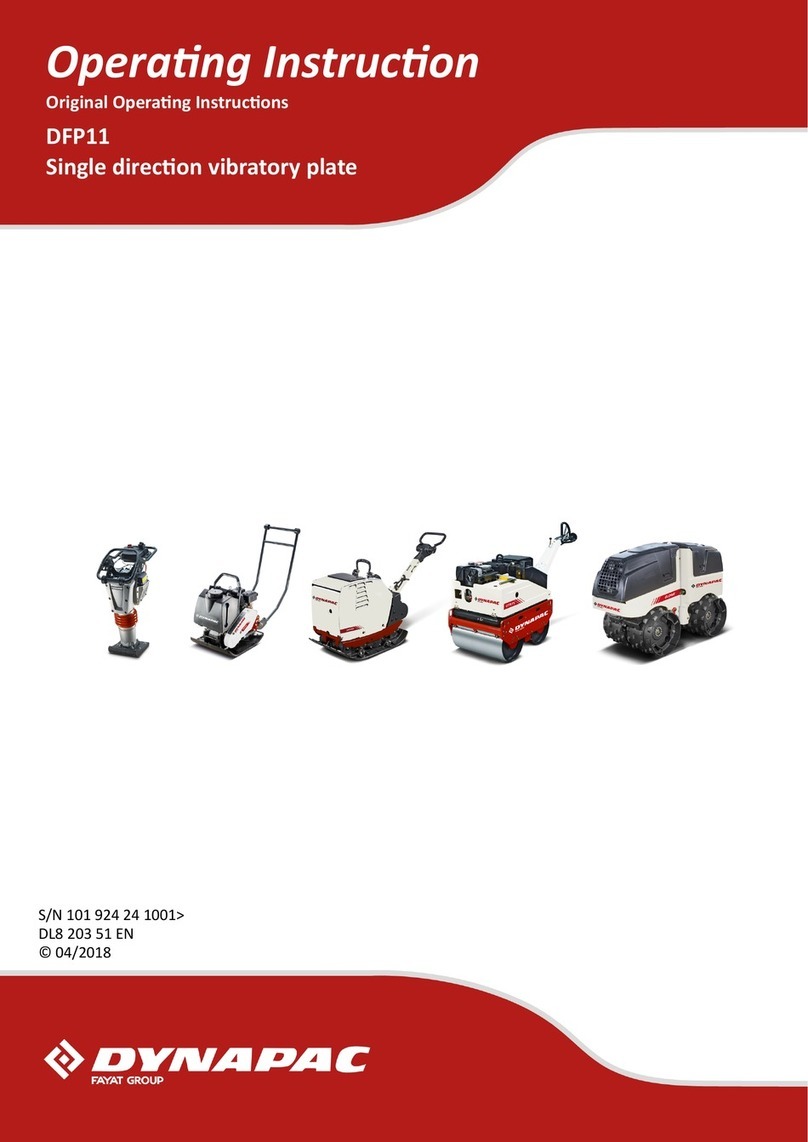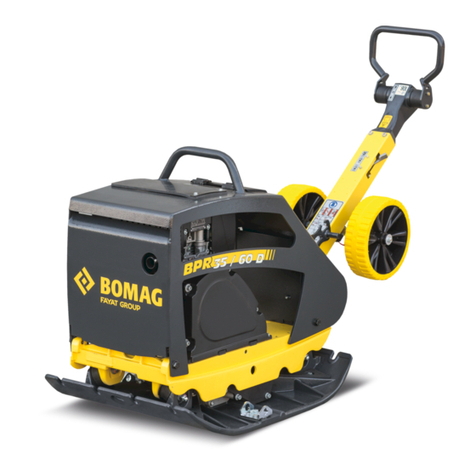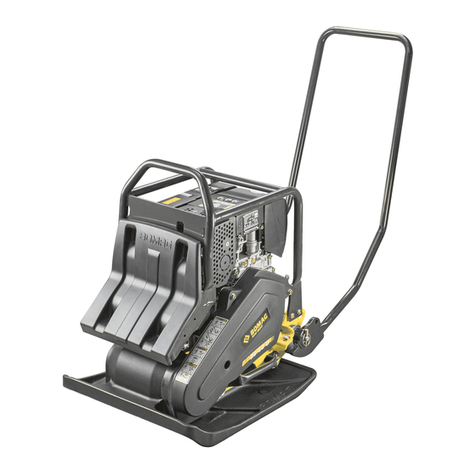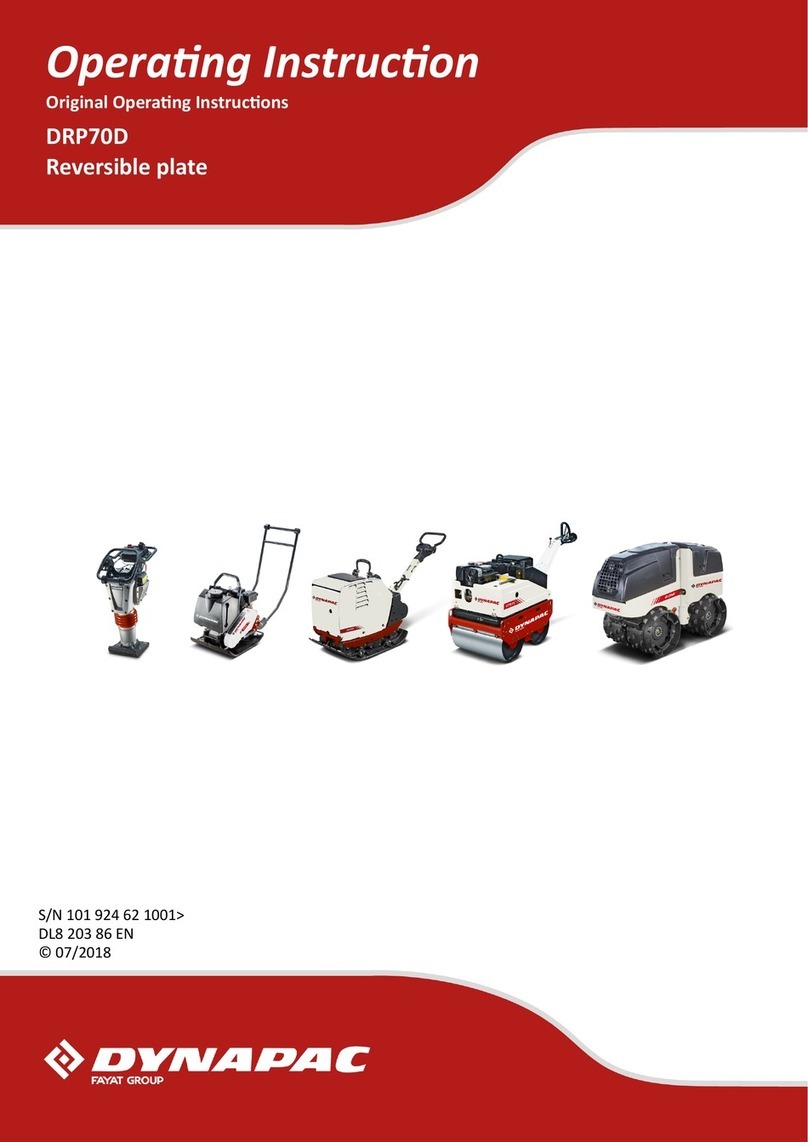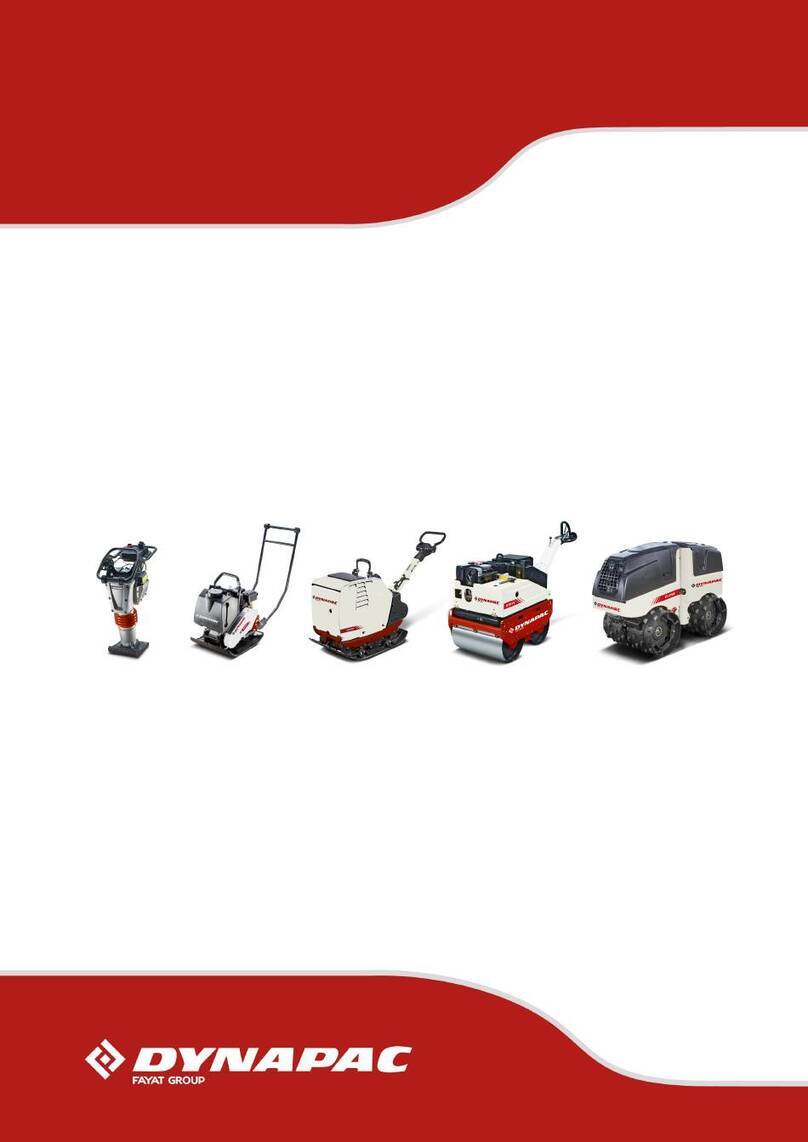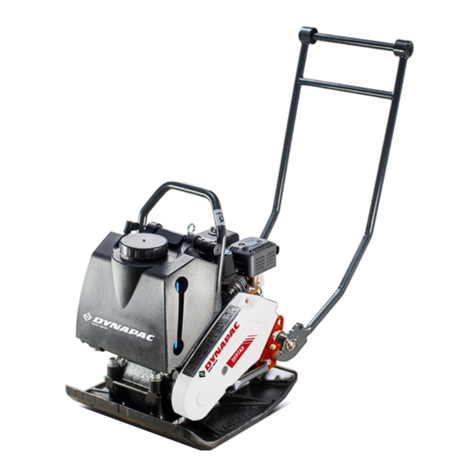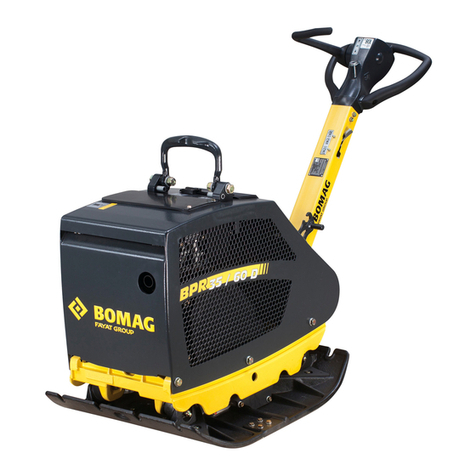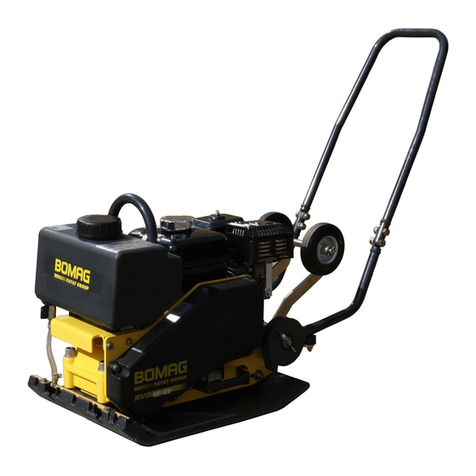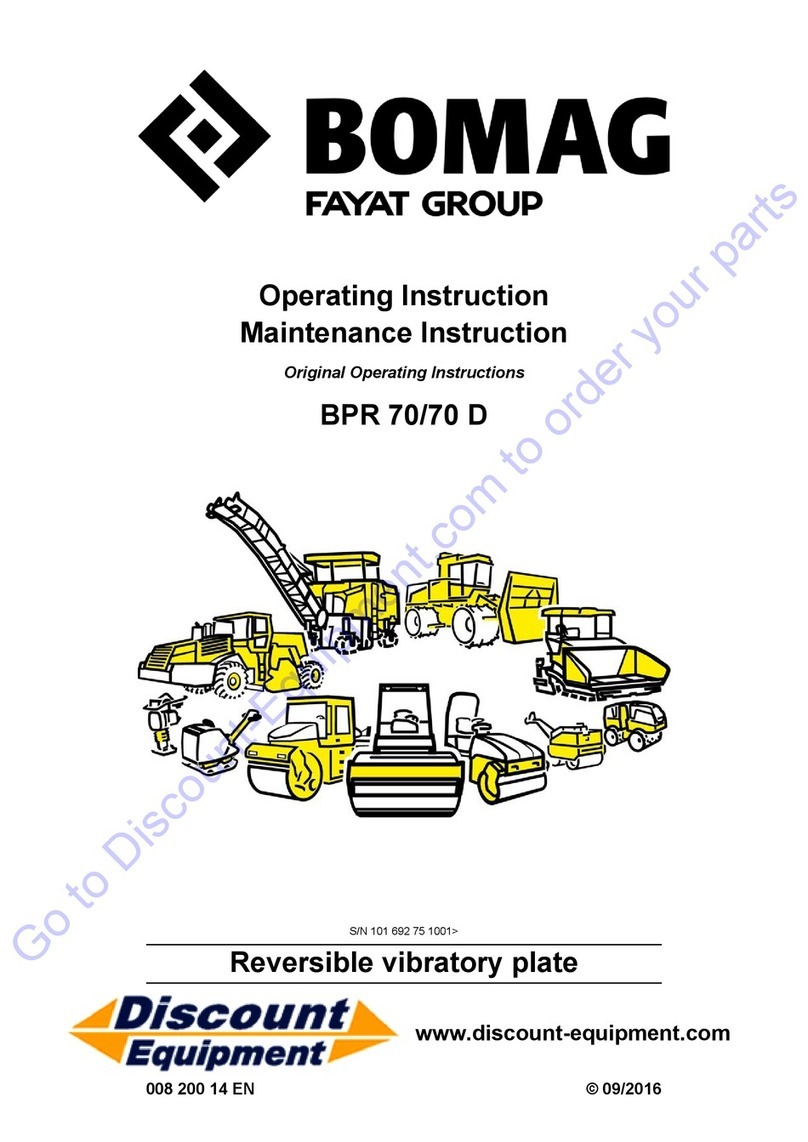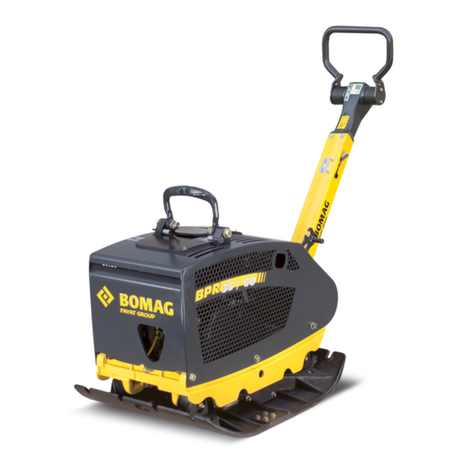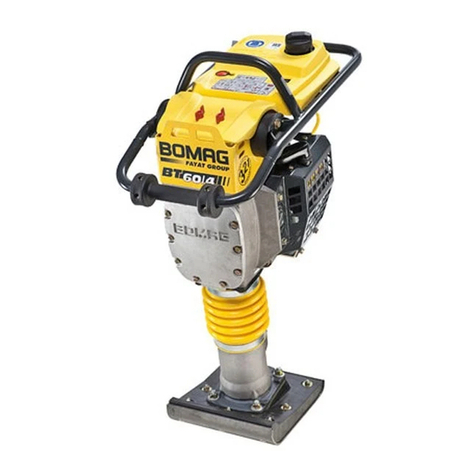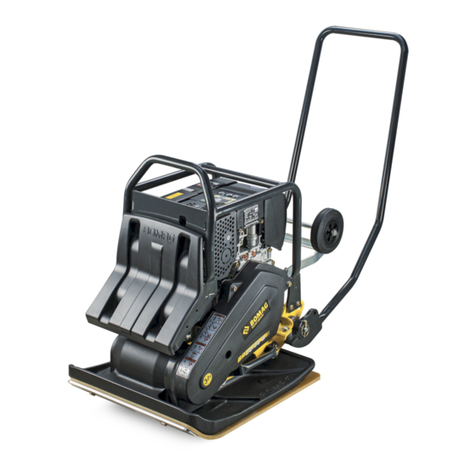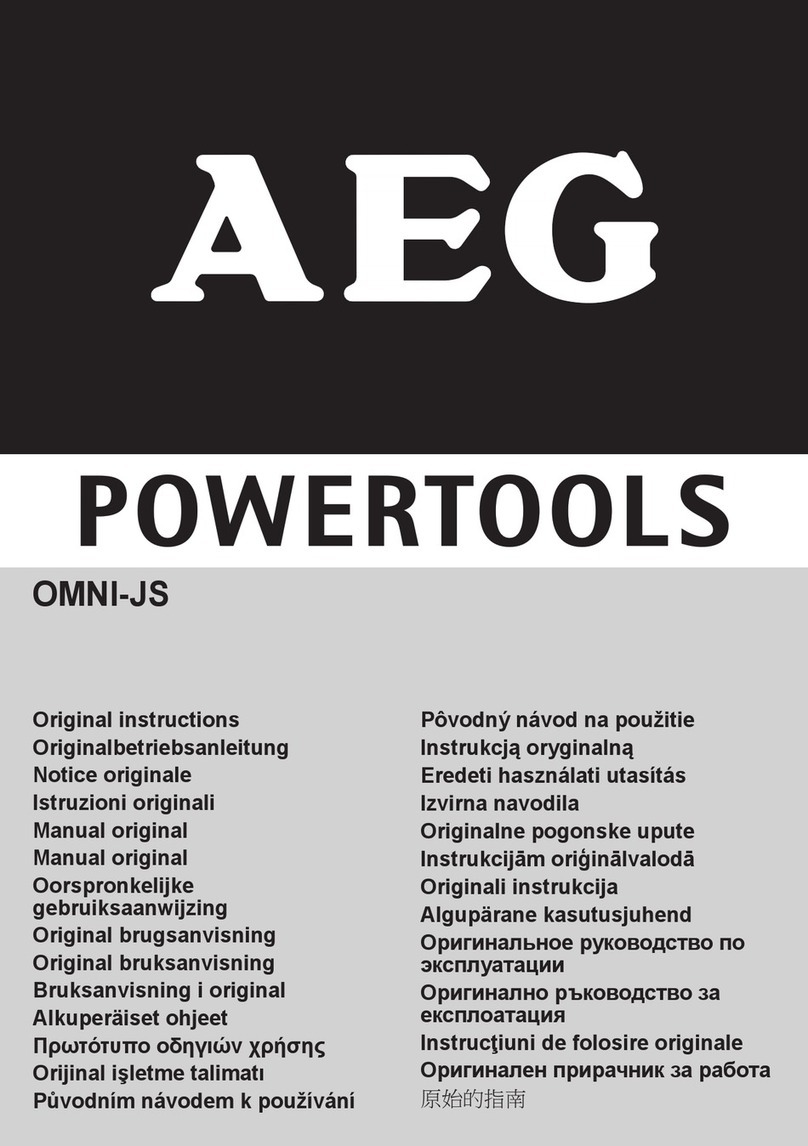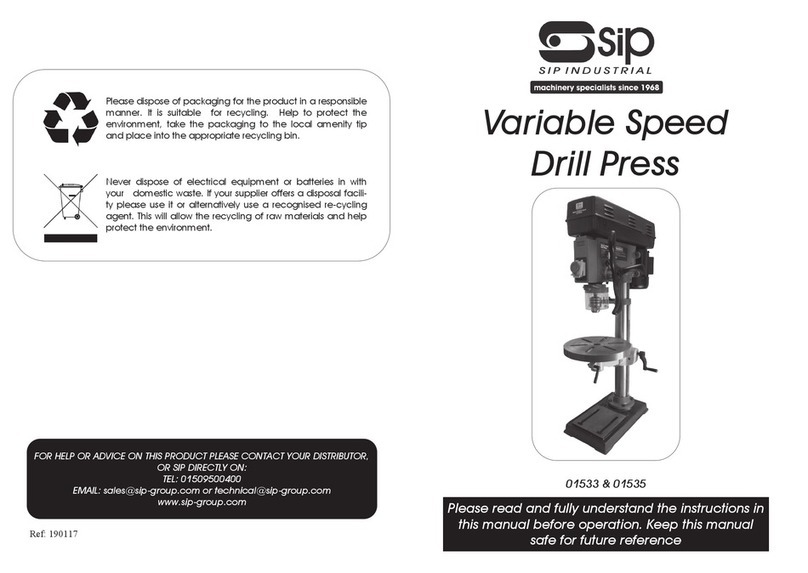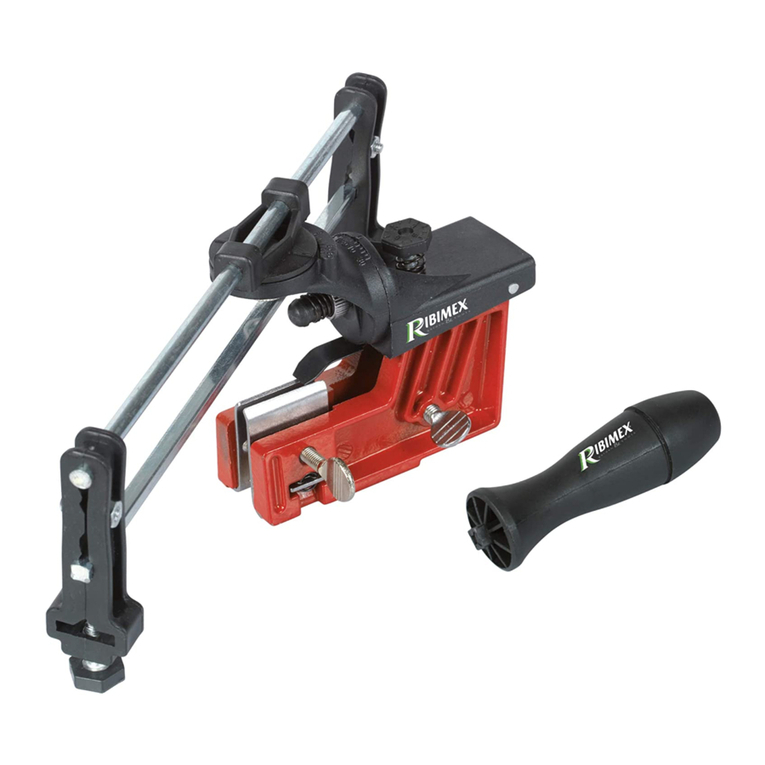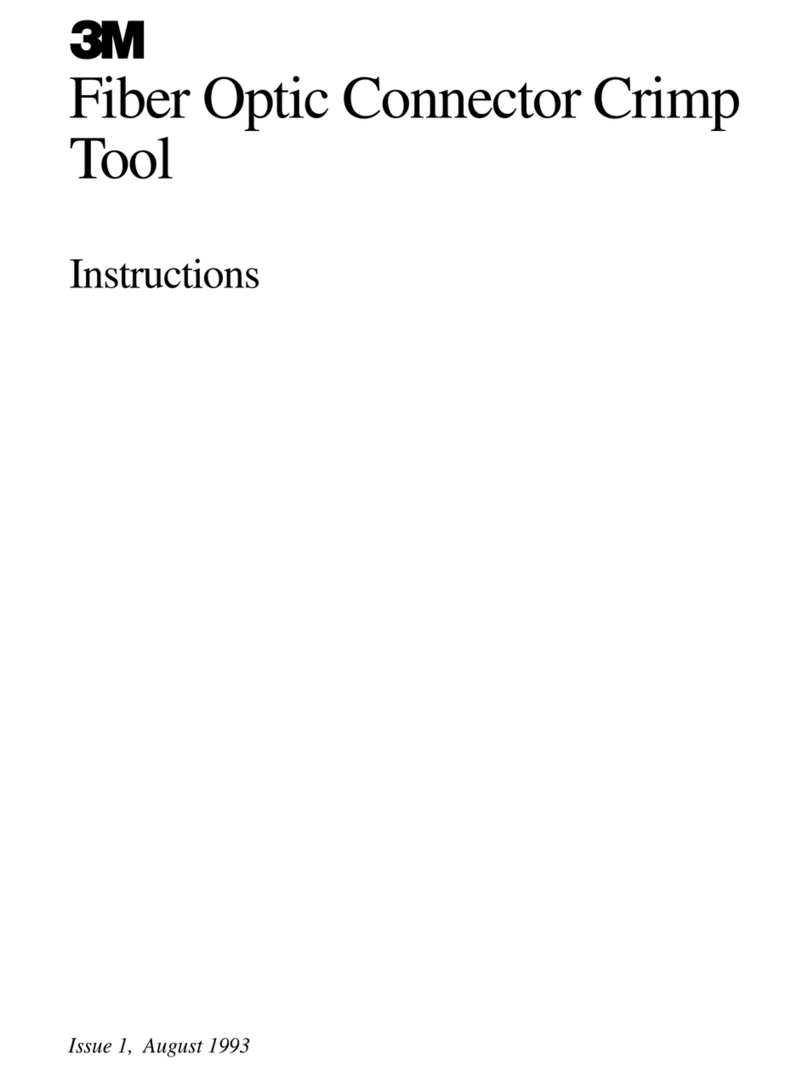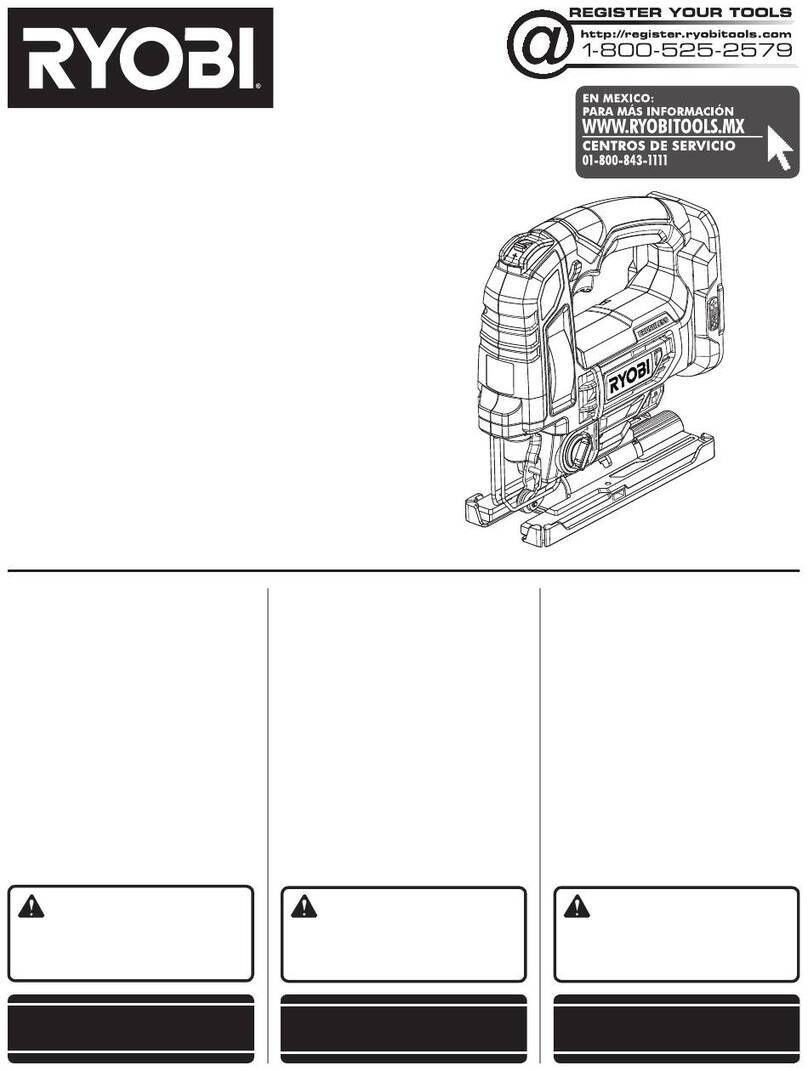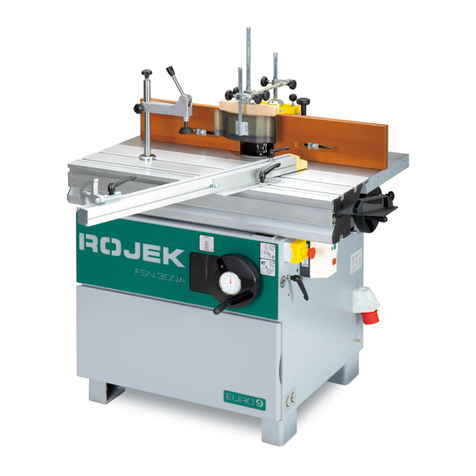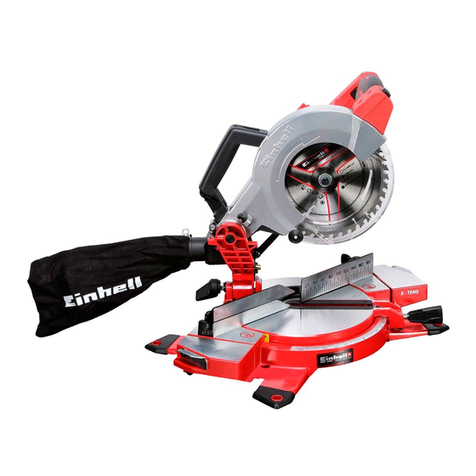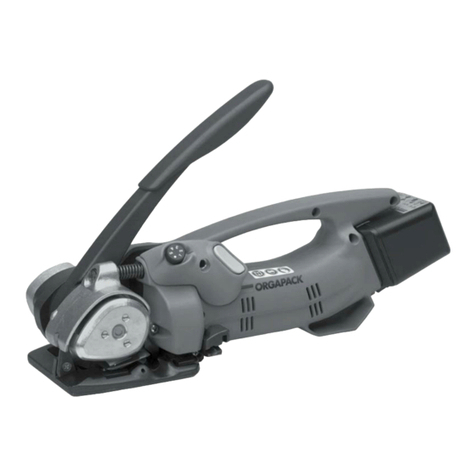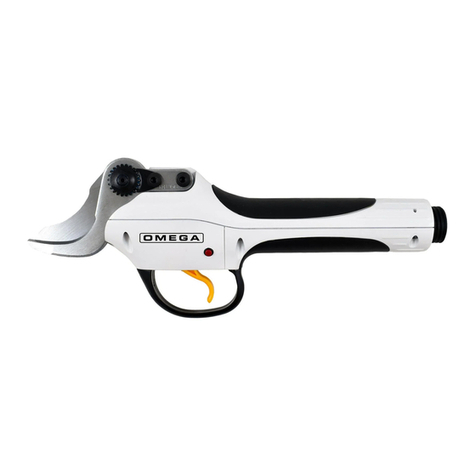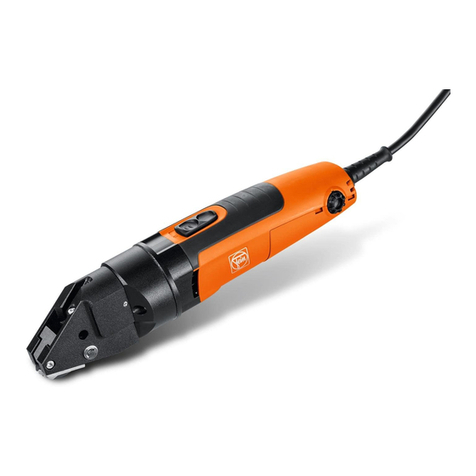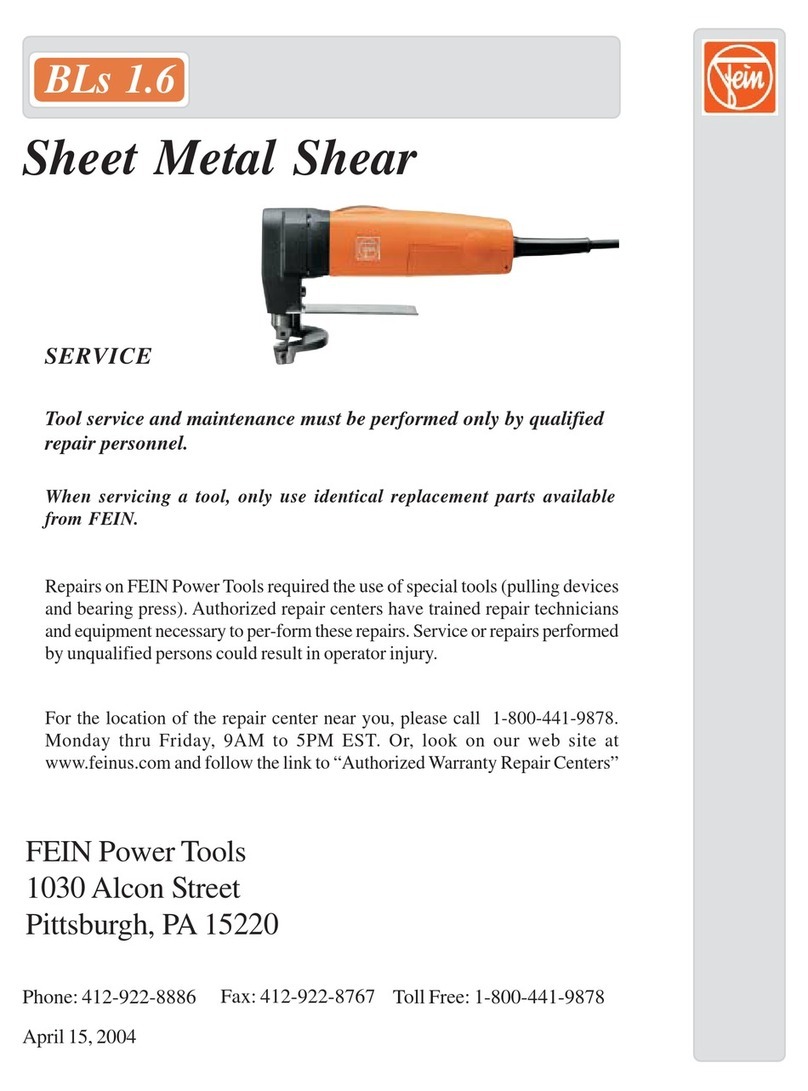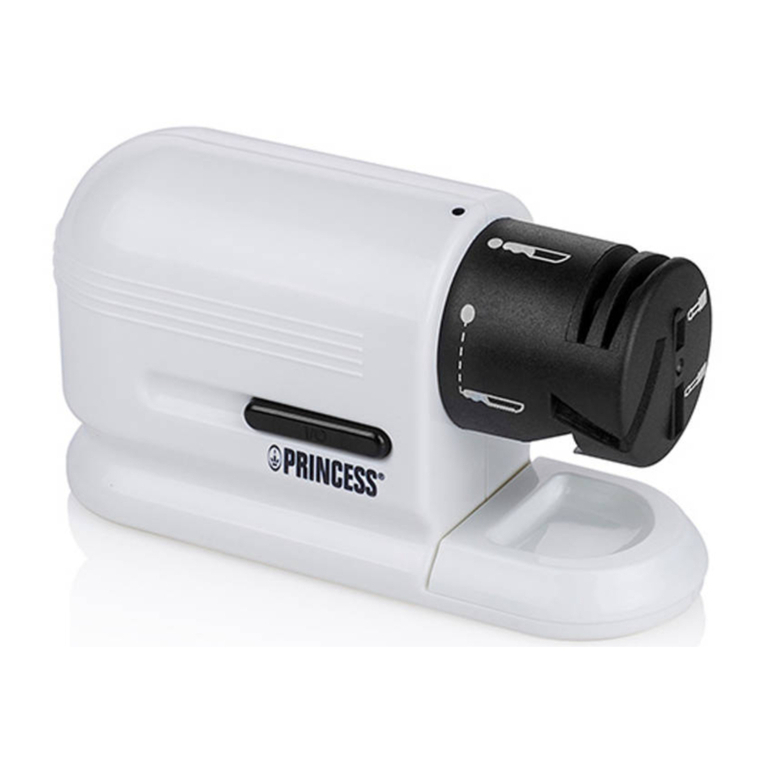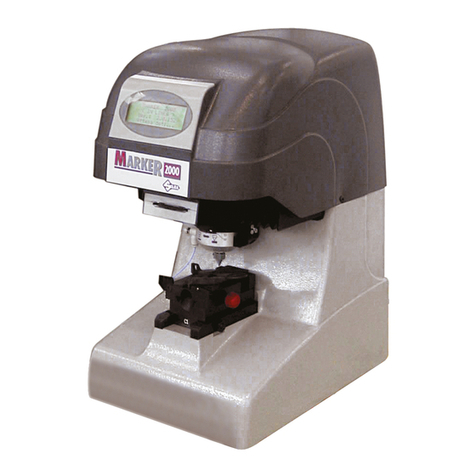
3.9.3 Maintenance work on electric components and battery............................................................. 33
3.9.4 Cleaning work............................................................................................................................ 33
3.9.5 Measures for longer shut-down periods..................................................................................... 34
3.9.6 After maintenance work............................................................................................................. 34
3.10 Repair......................................................................................................................................... 35
3.11 Signage...................................................................................................................................... 36
3.12 Safety Components.................................................................................................................. 40
4 Indicators and control elements........................................................................................................ 41
4.1 Machine........................................................................................................................................ 42
4.1.1 Dynapac Compaction Indicator (DCI) display............................................................................ 42
4.1.2 Recoil starter.............................................................................................................................. 43
4.1.3 Starter switch............................................................................................................................. 43
4.1.4 Warning buzzer for engine oil pressure..................................................................................... 43
4.1.5 Operating hour meter................................................................................................................. 44
4.1.6 Shut-off device........................................................................................................................... 44
4.2 Steering rod................................................................................................................................. 45
4.2.1 Height adjustment...................................................................................................................... 45
4.2.2 Locking pawl lever...................................................................................................................... 46
4.2.3 Throttle lever.............................................................................................................................. 46
4.2.4 Handle........................................................................................................................................ 46
5 Checks prior to start up...................................................................................................................... 47
5.1 Notes on safety........................................................................................................................... 48
5.2 Visual inspections and function tests....................................................................................... 49
5.3 Daily maintenance....................................................................................................................... 50
5.3.1 Checking the engine oil level..................................................................................................... 50
5.3.2 Checking the fuel level; topping up fuel..................................................................................... 51
5.3.3 Checking the rubber buffers....................................................................................................... 52
6 Operation............................................................................................................................................. 53
6.1 Folding down and adjusting the steering rod.......................................................................... 54
6.2 Starting the engine...................................................................................................................... 55
6.3 Work mode................................................................................................................................... 57
6.4 Parking the machine in secured condition............................................................................... 59
6.5 Dynapac Compaction Indicator (DCI)........................................................................................ 60
7 Loading/transporting the machine.................................................................................................... 61
7.1 Loading the machine.................................................................................................................. 62
7.2 Lashing the machine to the transport vehicle.......................................................................... 63
8 Maintenance........................................................................................................................................ 65
8.1 Preliminary remarks and safety notes...................................................................................... 66
8.2 Preparations/concluding work................................................................................................... 67
8.2.1 Opening/closing the protection hood.......................................................................................... 67
8.3 Fuels and lubricants................................................................................................................... 69
8.3.1 Engine oil................................................................................................................................... 69
8.3.2 Fuel............................................................................................................................................ 69
8.3.3 Oil for exciter shaft housing........................................................................................................ 70
8.3.4 Hydraulic oil................................................................................................................................ 70
Table of contents
DRP40DX
4
